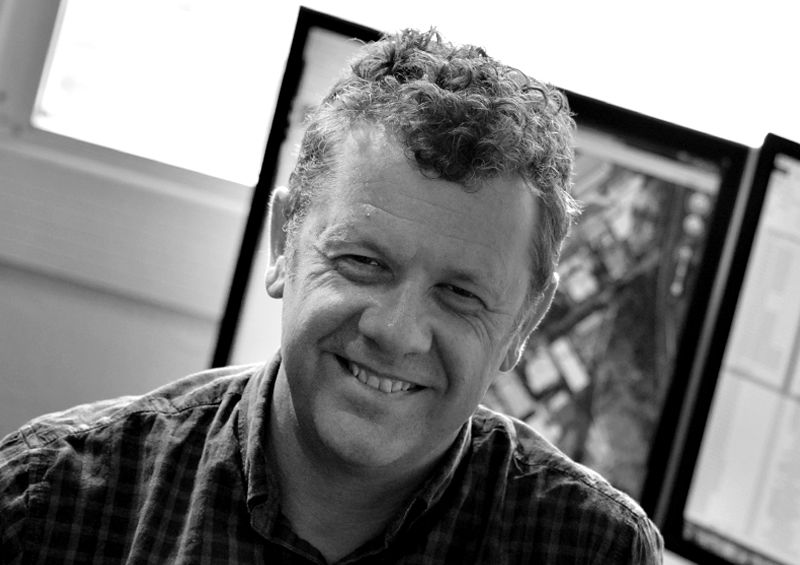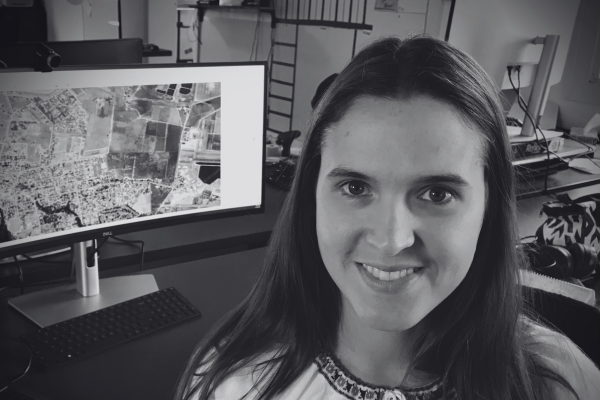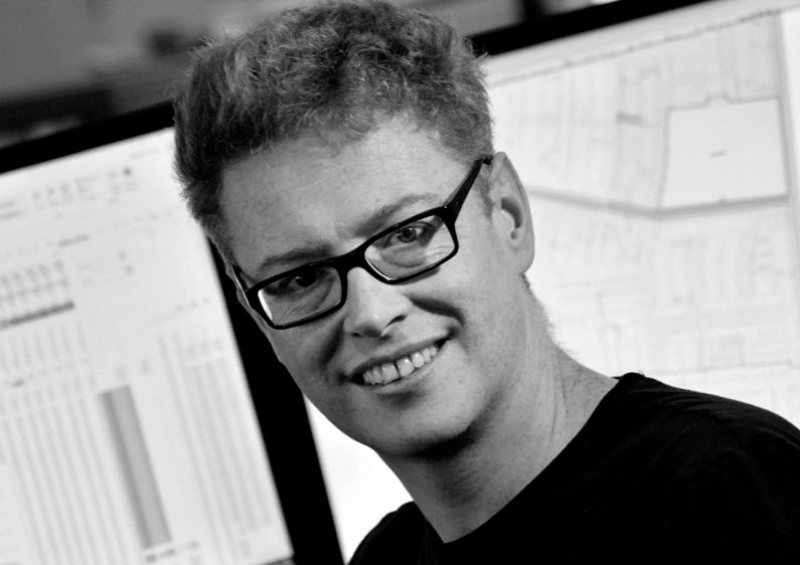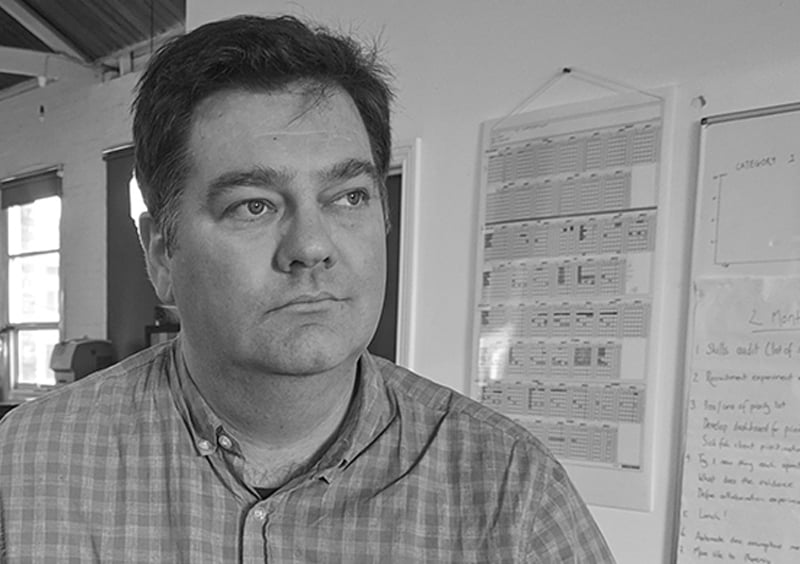The population and housing forecast for the Central and Far West region
SA4s in region:
- Central West
- Far West and Orana
Version: 5.1.0
Read forecast analysis and insights for the North Sydney region from Australia's largest independent population forecasting team.
Detailed forecasts are available for this region
Our premium services give you detailed forecast information for this region to help you invest in the right place, at the right time.
- Forecasts by age and sex
- Single-year forecast periods
- Custom local area geography
- Forecasts of housing and development
Menu
Read the insights and analysis behind our population and dwellings forecasts for the North Sydney region.
About the Central and Far West region
The Central and Far West region is the largest region in NSW geographically but holds a small portion of the total population. It comprises of two SA4s Central West and Far West and Orana. The largest towns within the region are Orange, Dubbo, Bathurst, and Broken Hill. The region is forecast to comprise 1% of NSW's total growth, with most areas holding historic growth patterns with larger regional towns attracting population from surrounding areas.
The vast expanse of the region includes a variety of area types, ranging from thriving rural cities like Orange, Dubbo, and Bathurst, which are projected to keep growing. In contrast, mining towns such as Broken Hill and Lightning Ridge are experiencing gradual population decreases as these industries slow down.
Key findings
Central West
The Central West SA4 consists of a few regional centres, those being Orange, Bathurst, Mudgee & Lithgow. Other areas are growing at a relatively slow pace or staying at similar levels in population over the forecast period. Primary focus is on Orange and Bathurst, as these areas are providing the bulk of development within this SA4. The SA4’s ERP at the start of the forecast period is 213,471 and reaches 246,327 at the end of the forecast period.
Bathurst takes up about 4 SA2s, with two SA2s containing growth fronts. The East has the Laffing Waters precinct field with new greenfield development and infill in established greenfield areas. Whilst Bathurst – West SA2 has established residential areas with the Eglinton expansion. Orange on the other hand, consists of 3 SA4s. There are growth corridors in Orange – North SA2 and a small portion within Orange and Orange Surrounds SA2. There are a few growth fronts seen with Mudgee and its western surrounds.
For other portions within the SA4 such as Forbes, Grenfell or Cowra, all receive a small amount of growth.
Far West and Orana
The Far West and Orana SA4 is a tale of two regions - Dubbo, and everywhere else. As a whole, this is the only SA4 within NSW that sees a gradual population decline in the latter half of the forecast period going from a population of 117,178 in 2021 to 116,806 by 2046.
Dubbo itself comprises four SA2s: Dubbo - East, Dubbo - South, and Dubbo - West. Growth is mainly concentrated in Dubbo - South and Dubbo - West, with significant greenfield growth in these corridors to continue throughout the forecast. We also see densification occurring in the Dubbo CBD with apartment developments under construction and more in the pipeline. We see the population in these three SA2s grow from 41,014 in 2026 to 48,125 by 2046.
Outside of Dubbo there are almost no active development fronts, with some smaller-scale development happening in Wellington, Narromine, and Gilgandra. All SA2s outside of the three in Dubbo see a population decline over the forecast period. Most notably we see the Broken Hill SA2 continuing its historical rate of decline going from 17,661 people in 2021 down to 16,520 by 2046.
What share of Australia's growth will occur in New South Wales?
Read our forecast results and analysis for New South Wales on the resources page. Watch the webinar recap or see a summary slide pack to learn what's driving growth in Australia, and each region of the state.
Forecast results
The following forecast information presents the combined numbers for the Central and Far West SA4s.
Learn more about the different options to access these forecasts for Local Government Areas (LGAs), suburbs, custom catchments or the entire state or nation here.
| 2021 | 2026 | 2031 | 2036 | 2041 | 2046 | |
| Forecast Population | 330,649 | 338,688 | 346,025 | 352,686 | 358,403 | 363,134 |
| Change (five year) | 8,039 | 7,337 | 6,661 | 5,718 | 4,730 | |
| Average Annual Change (%) | 0.48% | 0.43% | 0.38% | 0.32% | 0.26% | |
| Forecast Dwellings | 133,794 | 137,314 | 140,845 | 144,377 | 147,546 | 150,415 |
| Change (five year) | 3,520 | 3,531 | 3,531 | 3,170 | 2,868 | |
| Average Annual Change (%) | 0.52% | 0.51% | 0.50% | 0.44% | 0.39% |
1 national forecasting program.
6 ways to explore.
![]()
forecast.id
Plan for the changing needs of your community with a trusted forecast of population and housing in your Local Government Area, published in an accessible online tool.
![]()
forecast.id premium
Bring the full power of our National Forecasting Program into your organisation. We'll work with you to tailor a data partnership supported by briefings from our experts.
![]()
forecast.id partners
Our pay-per-download program gives our consulting partners instant access to reliable and respected forecast information on a project-by-project basis.
![]()
forecast.id hotspot report
Find a location near the people you serve with a tailored report that identifies up to ten locations with the highest number of people in your target demographic.
![]()
forecast.id location report
Whether you're investing in a new location or checking your current strategy is on track, forecast.id location reports quantify future demand around a known location.






.png?width=600&height=400&name=Meet%20the%20team%20%20Oliver%20Bowering%20(1).png)
